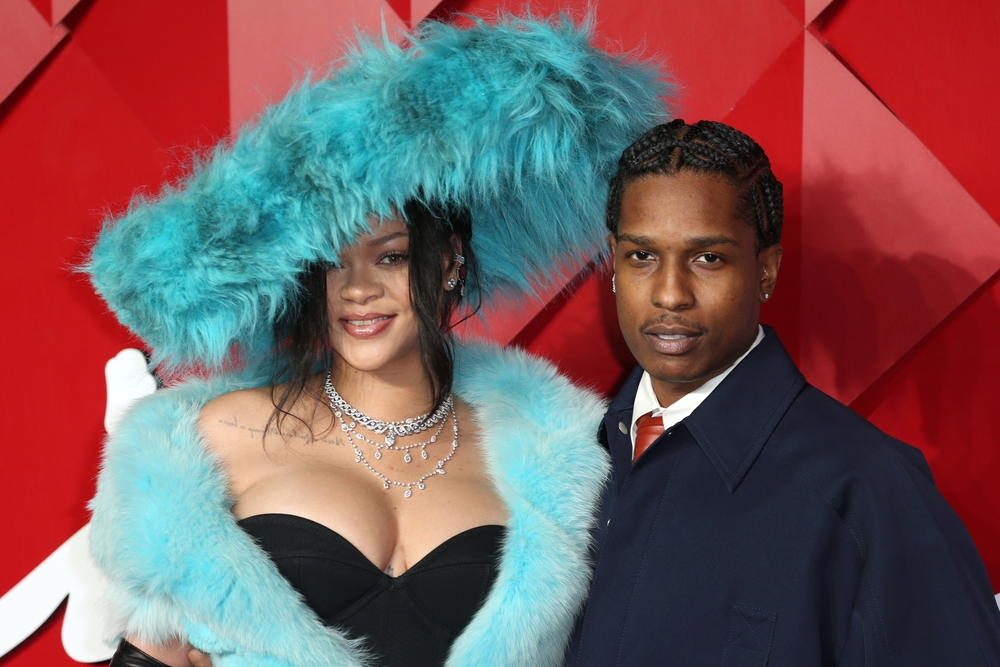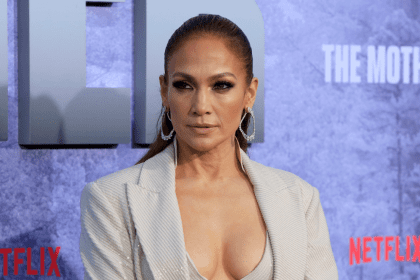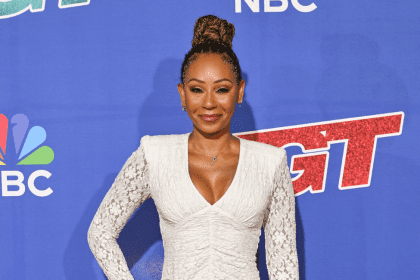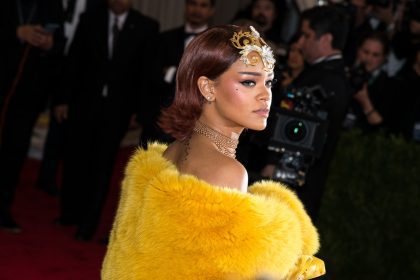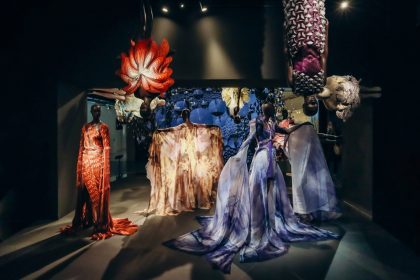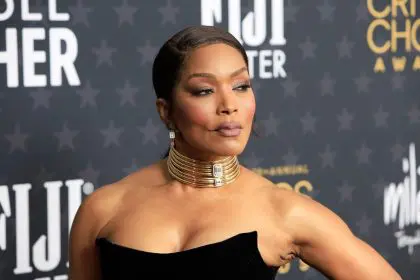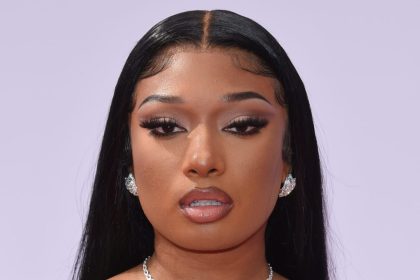In an industry often criticized for rigidity, music power couple transforms the landscape by challenging traditional style expectations
Fashion’s most influential couple has redefined the boundaries between personal style and gender expression, establishing themselves as pioneers in an evolving sartorial landscape. Rihanna and A$AP Rocky, born Rakim Mayers, have transformed what celebrity fashion represents through their boundary-pushing approach to clothing and self-expression.
The art of fashion rebellion
Breaking conventions through personal style
For years, the music industry has witnessed artists using fashion as political statement, cultural identifier, and artistic expression. Few, however, have managed to consistently challenge established norms while maintaining authentic connection to their heritage and personal identity like this power couple.
Mayers has emerged as an unexpected revolutionary in menswear. His approach transcends mere clothing choices, representing a philosophy that actively dismantles traditional fashion boundaries. Through his fearless style decisions, he has positioned himself as a catalyst for change within an industry historically resistant to evolution, particularly regarding masculine expression.
The artist has consistently embraced garments traditionally associated with feminine fashion codes – incorporating lace elements, pearl accessories, and headscarves into his wardrobe without reservation. These choices reflect a deeper understanding of fashion history and cultural context rather than simple trend-following.
His appointment as Met Gala co-chair for 2025 acknowledges his significant influence on contemporary fashion discourse. This prestigious recognition places him among fashion’s elite decision-makers, cementing his status as more than a celebrity with interesting style, but as a genuine cultural force reshaping industry standards.
Fashion as cultural reclamation
Reconnecting with historical roots
One distinctive aspect of the couple’s fashion approach is their informed perspective on historical context. Mayers has repeatedly emphasized how many elements now coded as feminine in Western fashion originated from African cultural traditions where men proudly wore similar garments.
This historically-informed perspective adds intellectual depth to their sartorial choices. It transforms what might otherwise be seen as merely provocative statements into educational moments that challenge Eurocentric fashion narratives and reconnect with cultural heritage.
The conversation around fashion history becomes particularly relevant as the couple prepares for the upcoming Met Gala theme “Superfine: Tailoring Black Style.” This celebration of Black fashion heritage and the Black Dandy aesthetic aligns perfectly with their ongoing efforts to highlight overlooked cultural contributions to global fashion.
The shared wardrobe phenomenon
Redefining relationship dynamics through clothing
Perhaps most revolutionary about their approach to fashion is the fluidity with which they share their wardrobes. While celebrity couples have historically coordinated outfits or adopted complementary aesthetics, Rihanna and Mayers have taken this concept further by literally exchanging garments.
This wardrobe-sharing practice transcends typical celebrity couple behavior, embodying a profound statement about relationship dynamics and personal boundaries. The practice subverts traditional expectations of ownership and gendered clothing, creating a visual representation of their partnership’s equality and mutual respect.
The casual nature with which they discuss this sharing indicates how normalized this boundary-crossing has become within their relationship. This normalization sets an example for fans and followers about the potential for relationships built on genuine sharing rather than prescribed gender roles.
Rihanna’s revolutionary impact
Rewriting the rules of fashion influence
While much attention has focused on Mayers’ recent fashion evolution, Rihanna‘s long-standing impact on the industry cannot be overstated. Her approach to style has consistently broken barriers, challenged conventions, and created iconic moments that have redefined celebrity fashion expectations.
Her Met Gala appearances have become cultural touchstones, generating anticipation and analysis that transcend typical fashion coverage. Her fearless approach to red carpet dressing has influenced countless designers and celebrities to embrace more daring aesthetic choices.
Beyond her personal style, her business ventures have revolutionized the fashion and beauty industries with unprecedented approaches to inclusivity and representation. Her brands have established new standards for diversity that have forced established industry players to reconsider long-held assumptions about market demographics.
The couple’s unified aesthetic philosophy
Creating cultural impact through visual storytelling
What distinguishes this partnership from other celebrity couples is their seemingly shared philosophy regarding fashion’s purpose and potential. For both artists, clothing transcends mere aesthetic consideration, functioning instead as visual communication about identity, heritage, and personal values.
This unified approach creates a multiplier effect for their cultural impact. When seen together, their combined aesthetic statements generate conversations that neither could achieve individually. Their appearances become cultural moments that advance discourse around gender, self-expression, and the intersection of fashion with other art forms.
Industry observers note that their influence extends beyond inspiring direct imitation of specific looks. Instead, they encourage a more profound shift in how people approach personal style—emphasizing authenticity, historical awareness, and comfort with boundary-crossing over trend adherence.
Looking toward fashion’s future
Establishing new paradigms for industry evolution
As preparations continue for the 2025 Met Gala, fashion insiders anticipate that the event will showcase the logical extension of the philosophy this couple has embodied throughout their careers. The theme’s focus on Black style tailoring provides the perfect canvas for their continued exploration of fashion as cultural reclamation and personal revolution.
Their participation suggests an industry increasingly willing to embrace perspectives that challenge established conventions. This shift represents an important evolution for fashion institutions historically resistant to change—particularly regarding race, gender expression, and non-European aesthetic traditions.
Beyond the Met Gala, their ongoing fashion choices continue to influence designers, stylists, and consumers seeking more authentic approaches to personal style. Their impact extends far beyond celebrity fashion, affecting how mainstream culture understands the relationship between clothing and identity.
The broader cultural significance
Transforming fashion discourse beyond celebrity
The couple’s approach to fashion exists within a broader cultural movement challenging traditional categorizations across various domains. Their willingness to dismantle fashion boundaries reflects parallel evolutions in music, visual art, and literature that similarly question established classification systems.
This convergence suggests a generational shift toward more fluid understandings of self-expression across creative disciplines. Their fashion choices, therefore, represent not isolated celebrity behavior but participation in a more significant cultural transformation regarding how society understands identity expression.
As fashion continues evolving in response to changing social attitudes, the couple’s pioneering approach positions them as important voices guiding this transformation. Their visibility ensures that conversations about gender fluidity, cultural reclamation, and authentic self-expression remain central to fashion’s future development.
The revolution they represent extends far beyond specific garment choices or stylistic preferences. Their approach challenges fundamental assumptions about how individuals should relate to fashion, encouraging a more thoughtful, historically-informed, and personally authentic engagement with style that transcends traditional boundaries and expectations.

